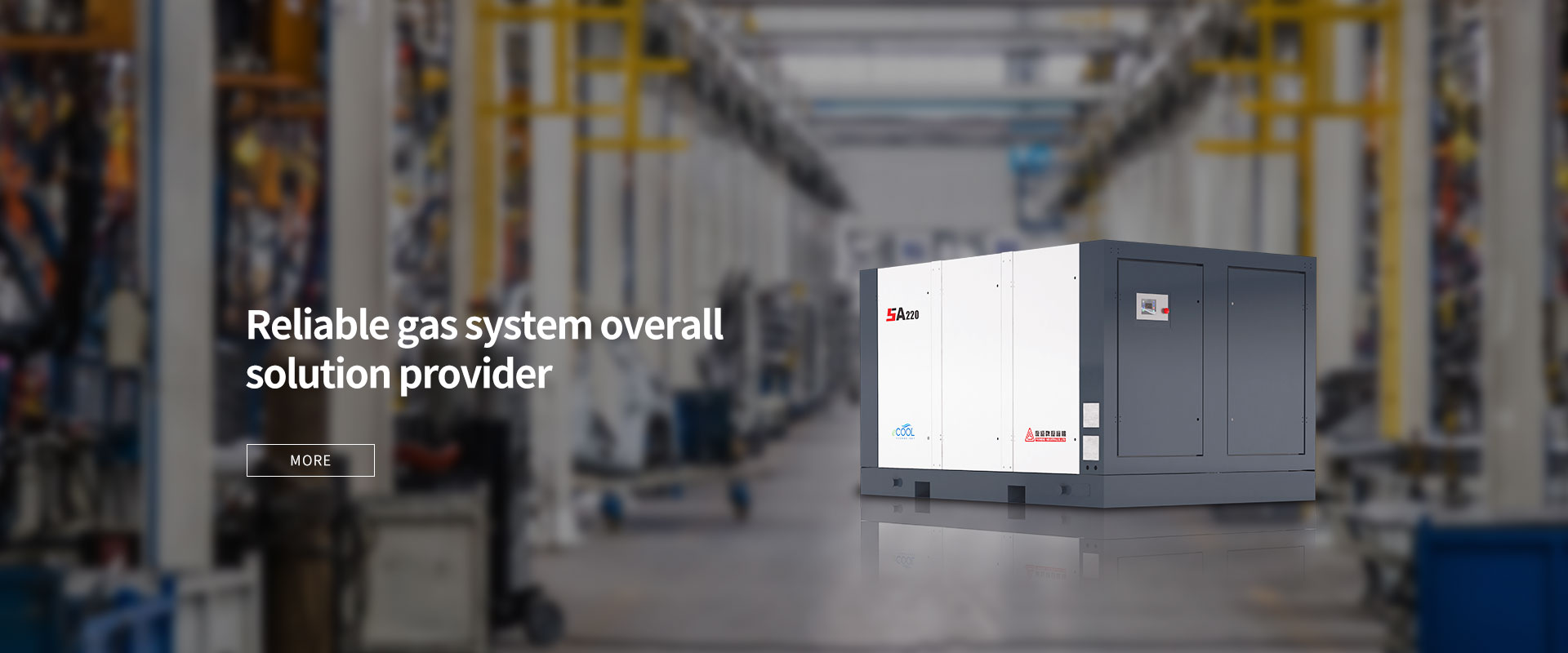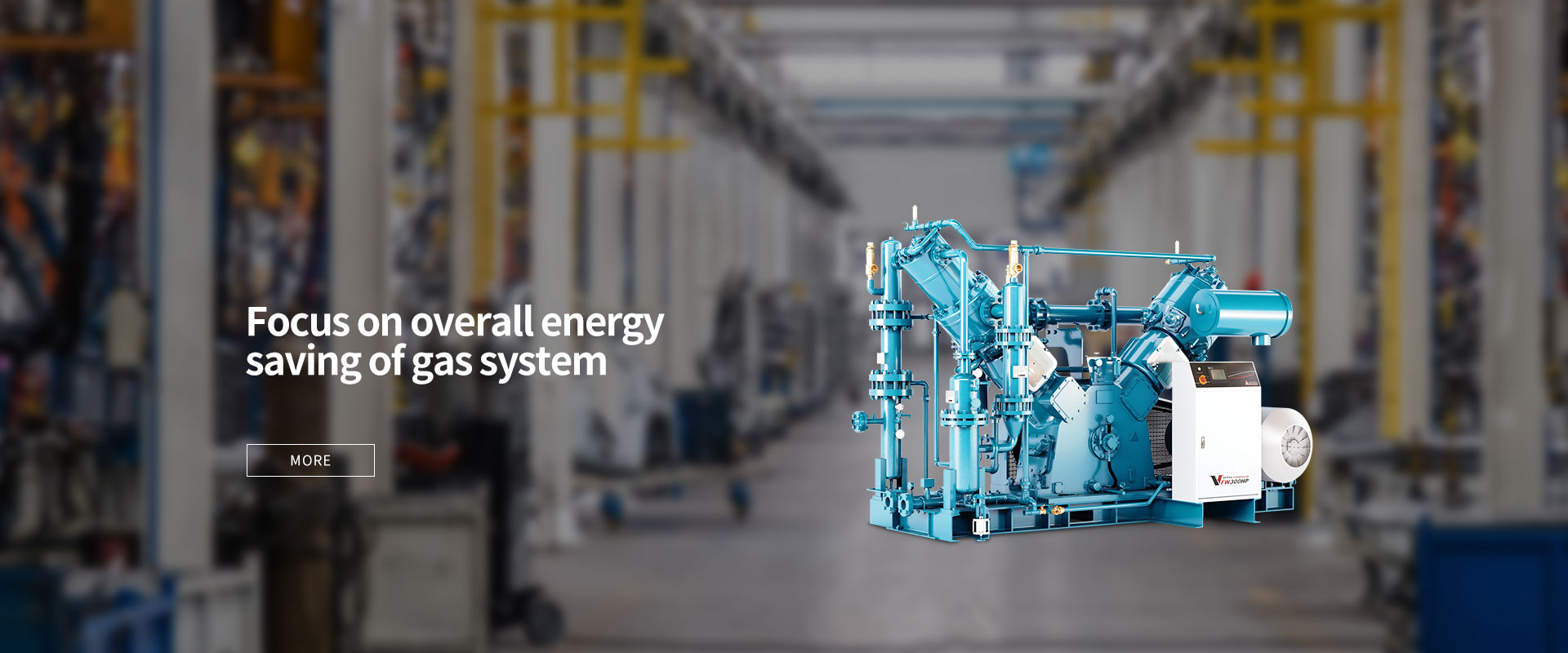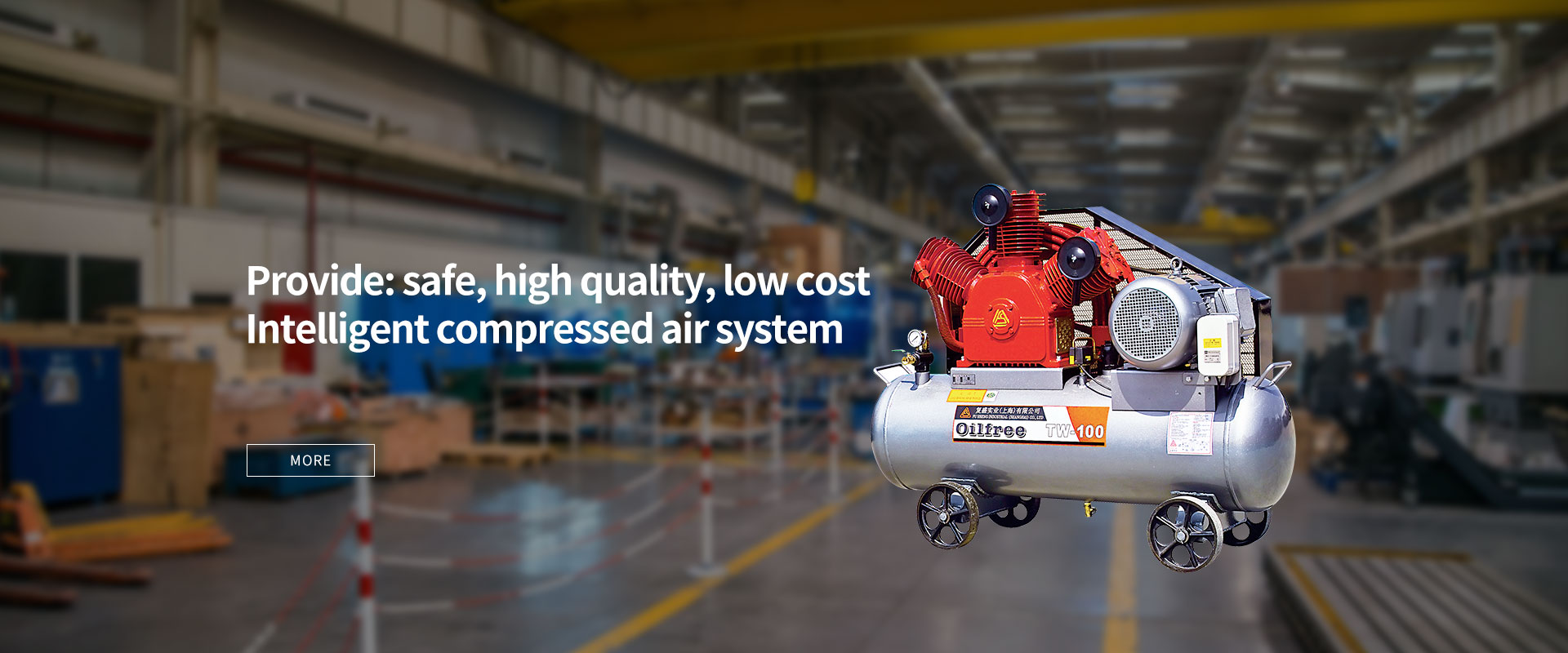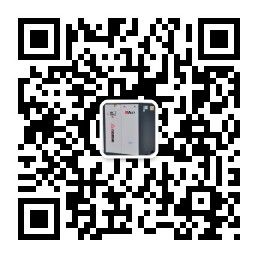Electrician commonly used units and formulas and conversions
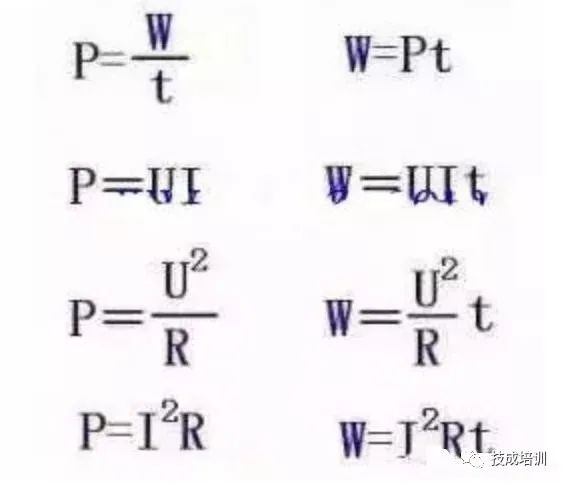
Electric work: The work done by the electric field force when the electric current passes through a certain circuit for a period of time
W represents work, and the unit of work is: Joule (J)
W=P*t
P---Power (unit: watt w)
t---time (unit: seconds)
W=U*I*t
U---Voltage (unit: Volt V)
I---Current (unit: A)
t---time (unit: seconds)
W=I^2*R*t
I---Current (unit: A)
R---resistance (unit: ohm)
t---time (unit: seconds)
W=U^2/R*t
U---Voltage (unit: Volt V)
R---resistance (unit: ohm)
t---time (unit: seconds)
Power: refers to the work done by an object in unit time
P represents power, and the unit of power is: watt (W)
P=W/t
W---Electrical power (unit: J or kWh)
t---time (unit: seconds)
P=U*I
U---Voltage (unit: Volt V)
I---Current (unit: A)
P=U^2/R (only for pure resistance circuit)
U---Voltage (unit: Volt V)
R---resistance (unit: ohm)
P=I^2*R (only for pure resistance circuit)
I---Current (unit: A)
R---resistance (unit: ohm)
Electric charge: The amount of electricity charged by an object or a particle that constitutes an object, and is the algebraic sum of the elemental charge in an object or system
Q represents charge, and the unit of charge is: Coulomb (C)
Current: refers to the directional movement of electric charge
I stands for current, and the unit of current is: Ampere (A)
Current density: the amount of electricity passing through a unit area in unit time, the direction vector is the normal vector of the corresponding section per unit area, and the direction is determined by the direction of the positive charge passing through this section
J represents the current density, and the unit of current is: ampere/square meter A/㎡
Voltage: Potential potential difference,
Conversion between voltage units (Does the voltage unit have MV? It is not lowercase m, it is uppercase M)
1MV=1000KV=1000000V=1000000000mV=1000000000000μV
U stands for voltage, and the unit of voltage is: Volt (V)
U=I*R
I---Current (unit: A)
R---resistance (unit: ohm)
U=P/I
P---Power (unit: watt w)
I---Current (unit: A)
U=I*ρ*L/S
I---Current (unit: A)
ρ---resistivity (unit: ohm·mΩ·m)
L---the length of the object (unit: m)
S---the cross-sectional area of the object (unit: square meters)
Capacitance: refers to the amount of charge stored at a given potential difference
F represents capacitance, and the unit of capacitance is: Farad (F)
Permittivity: Determine the ratio of the capacitance when only insulating oil is filled between and around a capacitor to the vacuum capacitance of the same electric plate.
Resistance: to indicate the size of the resistance of the conductor to the current
Conversion between resistance units
1KΩ=1000Ω
R represents resistance, and the unit of resistance is: ohm (Ω)
R=U/I
U---Voltage (unit: Volt V)
I---Current (unit: A)
R=ρ*L/S
ρ---resistivity (unit: ohm·mΩ·m)
L---the length of the object (unit: m)
S---the cross-sectional area of the object (unit: square meters)
Conductance: Indicates the strength of a certain conductor's ability to transmit current
G represents the conductance of the object, and the unit of conductance is: Siemens (S) or ohm (Ω)
G=1/R
R---resistance (unit: ohm)
G=I/U
I---Current (unit: A)
U---Voltage (unit: Volt V)
Resistivity: the resistance of a wire made of a certain material with a length of 1 meter and a cross-sectional area of 1 square millimeter at room temperature (20°C)
ρ represents resistivity, and the unit of resistivity is: ohm·m (Ω·m)
ρ=1/κ
κ---Resistivity (unit: Siemens/m S/m)
ρ=R*S/L
S---Cross-sectional area (unit: square meter ㎡)
R---resistance (unit: ohm)
L---the length of the wire (unit: m)
ρ=E/J
E---Electric Field Strength (Unit: N/C N/C)
J---Current density (unit: A/㎡ A/㎡)
ρ=ρo*(1+a*t)
ρo---resistivity at 0℃ (unit: ohm·mΩ·m)
t---Celsius temperature (unit: Celsius)
a---Temperature coefficient of resistivity
Conductivity: means that the product of this quantity and the electric field strength in the medium is equal to the conduction current density. Conductivity is the inverse of resistivity.
κ (Greek letter not letter K) represents conductivity, the unit of conductivity is: Siemens/meter (S/m)
κ=1/ρ
ρ---resistivity (unit: ohm·mΩ·m)
Inductance: that is, when the current through the closed loop changes, an electromotive force occurs to resist the change in current
L represents inductance, the unit of inductance is: Henry (H)
Reactance: The resistance of capacitance and inductance to alternating current in a circuit is collectively called reactance
X represents reactance, and the unit of reactance is: ohm (Ω)
X=XLXc
XL---Inductive reactance of circuit
Xc---The capacitive reactance of the circuit
Inductive reactance: generally because there is an inductive circuit (such as a coil) in the circuit, the resulting changing electromagnetic field will generate a corresponding electromotive force that hinders the flow of current. The greater the current change, that is, the greater the circuit frequency, the greater the inductive reactance; the inductive reactance will cause a phase difference between the current and the voltage.
XL=ωL
ω---angular frequency (unit: radian/rad/s per second)
L---Inductance (unit: Henry H)
XL=2*π*f*L
f---frequency (unit: Hz)
L---Inductance (unit: Henry H)
Capacitive reactance: The higher the AC frequency, the smaller the capacitive reactance, that is, the smaller the blocking effect of the capacitor. The capacitive reactance also causes the current to be out of phase with the voltage across the capacitor.
Xc=1/(ω*C)
ω---angular frequency (unit: radian/rad/s per second)
C---Capacitance (unit: Farad F)
Xc=1/(2*π*f*C)
f---frequency (unit: Hz)
C---Capacitance (unit: Farad F)
Angular frequency---In simple harmonic vibration, 2π times the frequency is called the angular frequency.
ω represents the angular frequency, the unit of angular frequency is: radians/second (rad/s)
ω=2*π*f
f---frequency (unit: Hertz H)
Loading its inductance is calculated as follows
Impedance(ohm)=2*3.14159*F(working frequency)*inductance(mH), 360ohm impedance is required for setting, so:
Inductance(mH)=impedance(ohm)&pide;(2*3.14159)&pide;F(operating frequency)=360&pide;(2*3.14159)&pide;7.06=8.116mH
According to this, the number of winding coils can be calculated:
Number of turns=[inductance*{(18*turn diameter(inch))+(40*turn length(inch))}]&pide;turn diameter(inch)
Number of turns=[8.116*{(18*2.047)+(40*3.74)}]&pide;2.047=19 turns
Calculation formula of air core inductance
L(mH)=(0.08D.D.N.N)/(3D+9W+10H)
D------ Coil diameter
N------The number of turns of the coil
d-----wire diameter
H----coil height
W----coil width
The units are mm and mH, respectively. .
Air core coil inductance calculation formula
l=(0.01*D*N*N)/(L/D+0.44)
Coil inductance l unit: microhenry
Coil diameter D unit: cm
Coil turns N unit: turn
Coil length L unit: cm
Frequency inductance and capacitance calculation formula
l=25330.3/[(f0*f0)*c]
Working frequency: f0 unit: MHZ This question f0=125KHZ=0.125
Resonant capacitor: c-bit F: the title c=500...1000pf can be determined by yourself, or by Q
Value decides
Resonant inductance: l unit: microhenry
Calculation formula of coil inductance
1. For circular

Official account QR code
Disclaimer: Some materials come from the Internet, if there is any infringement, please inform us to delete!



